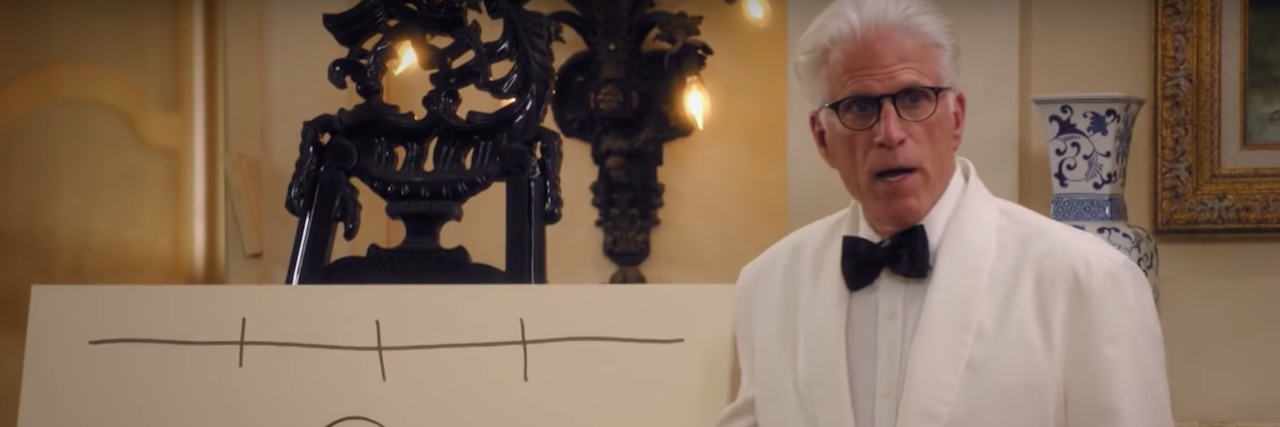Recovery isn’t a linear process.
It’s an easy enough concept to understand from a rational, logical perspective. Anyone living with PTSD knows it — at least on a surface level. But accepting it is a whole other story.
• What is PTSD?
After a while, you learn there are periods of time when everything goes smoothly. No panic attacks. No dissociation. No debilitating fear or hypervigilance. The time you spend in this “zone” of PTSD recovery can vary from days without symptoms to months or years (or even decades!) where nothing triggers those horrific memories of your trauma.
And then, one day, it happens. The trigger, the panic, the feeling that you’re surviving the worst moments of your life. Suddenly, it’s just as fresh as the day it happened.
And maybe recovery starts all over again.
Every time, it feels like taking three steps forward only to fall five steps back.
It can be hard to accept that you can make so much progress in your journey with PTSD, only to have it undone by something that to anyone else would be innocuous — like a hand on your shoulder triggering memories of abuse, or a backfiring car taking you back to a war zone. And since everyone’s PTSD triggers are different, there are infinite ways all of us can be tossed back into those moments from the past without warning.
I admit I’ve wondered what the purpose of all the therapy was if it could be undone so quickly. Why deal with the pain of working through the issues if they won’t ever really be gone? What good does it do to have a temporary reprieve? The thought spirals can run deep — and they aren’t the most productive way to look at healing.
And then there was Jeremy Bearimy.
Particularly the dot on the “i,” which, on the show, “broke” Chidi because he couldn’t comprehend it.
But I could.
The Jeremy Bearimy is explained like this: Time is not a linear progression, but actually a curving line that loops and swoops. They go on to elaborate, stating that something happening today may not have actually happened yet later along in the curve, since it’s all essentially happening at once.
It’s all fantastically wibbly-wobbly. At the end of the day, the curve looks like the name “Jeremy Bearimy” in cursive English. And that’s where they left it: time is a winding mess.
But for someone with a trauma, the dot of the “i” that existed outside the curve of time — which is explained to be Tuesdays, July, and… sometimes never — immediately reminded me of my personal struggle with the up, down, all-around of recovery.
Like the “i” in the Jeremy Bearimy, there’s this spot in my personal timeline, a moment of simultaneous past and present that exists outside of the day-to-day. Maybe it pops up on an ordinary Tuesday, or some sunny July, or it’s gone long enough to let me forget it ever happened. Seeing that image on “The Good Place,” however out of context, provided me a deeply personal sense of recognition.
Even if we don’t live in the universe that Eleanor and her crew are venturing through on “The Good Place,” the Jeremy Bearimy can still teach us something about how we perceive time: That a dot above the “i” can exist outside of the progression of your personal timeline without breaking you.
(Sorry, Chidi.)
Lead image via The Good Place’s Youtube Channel

